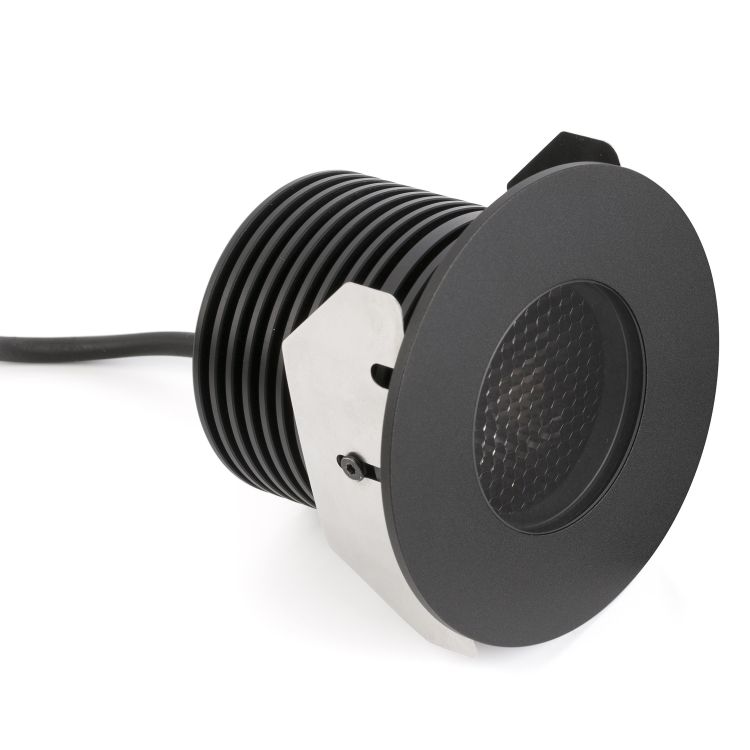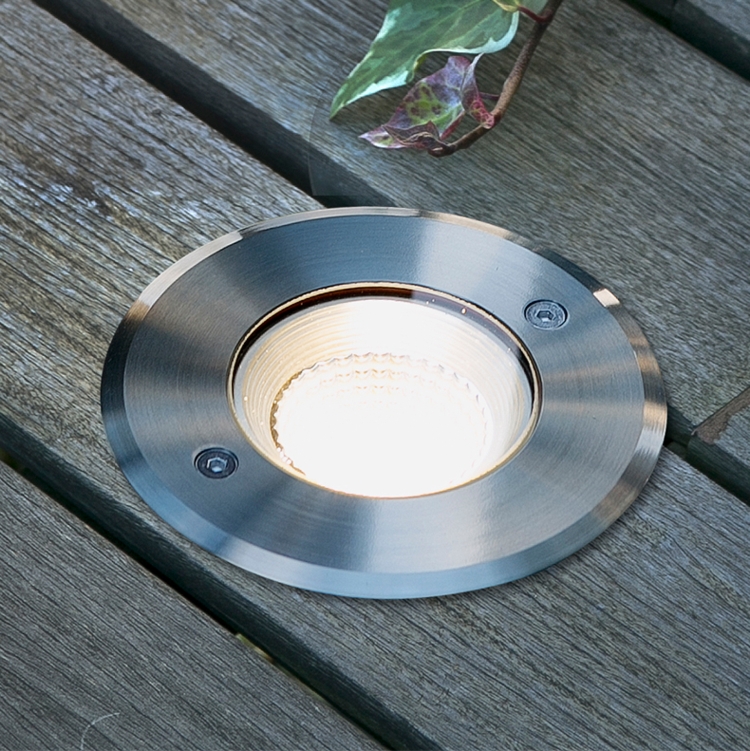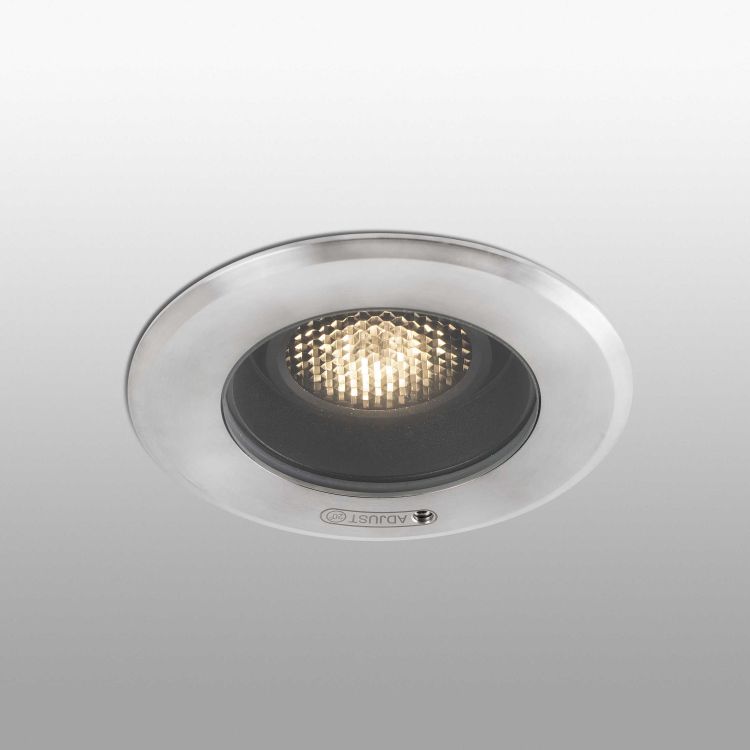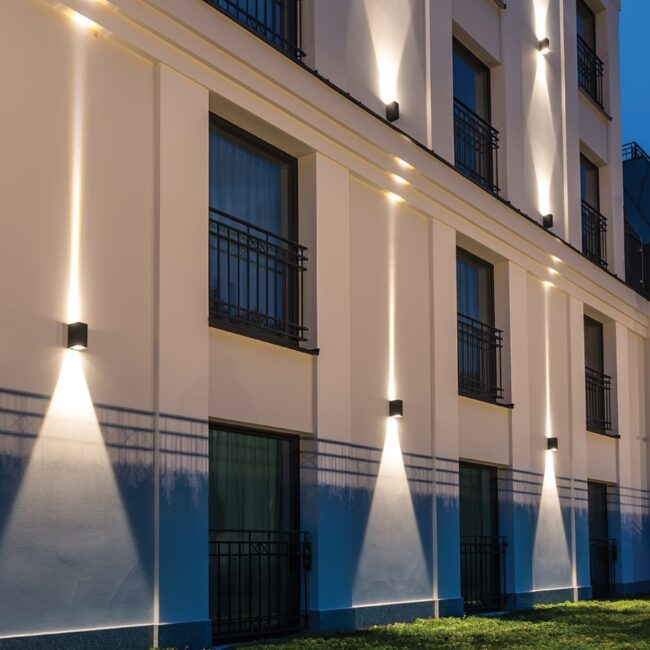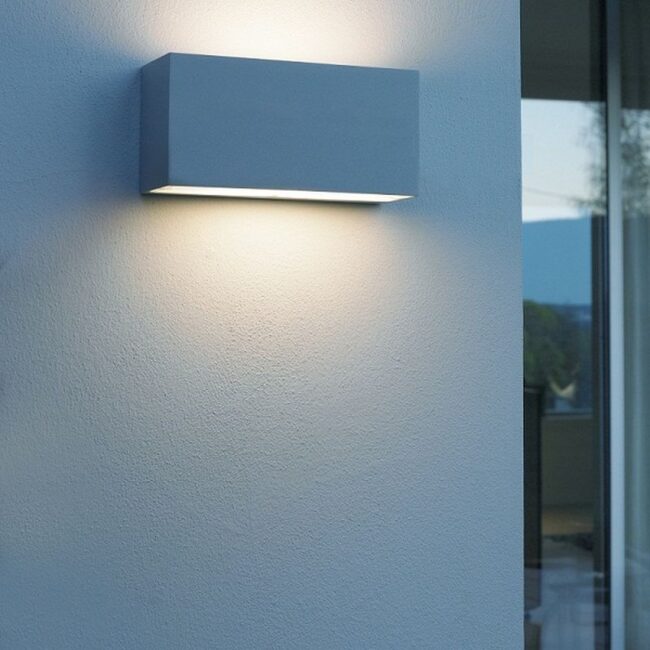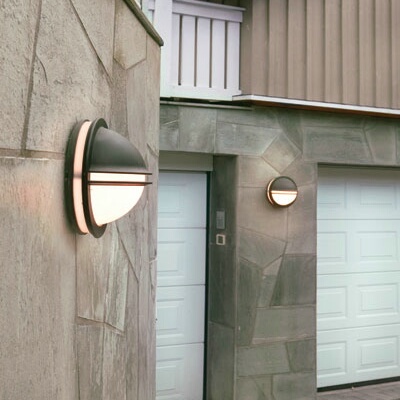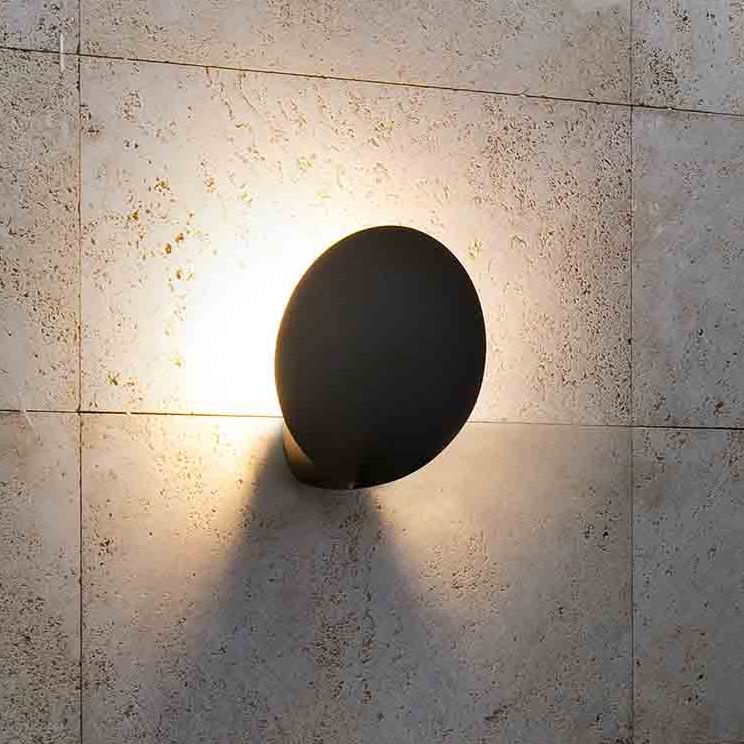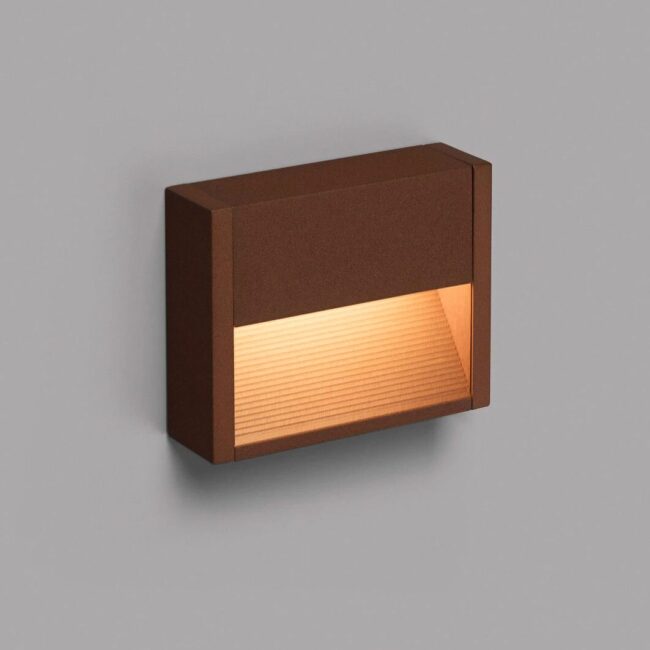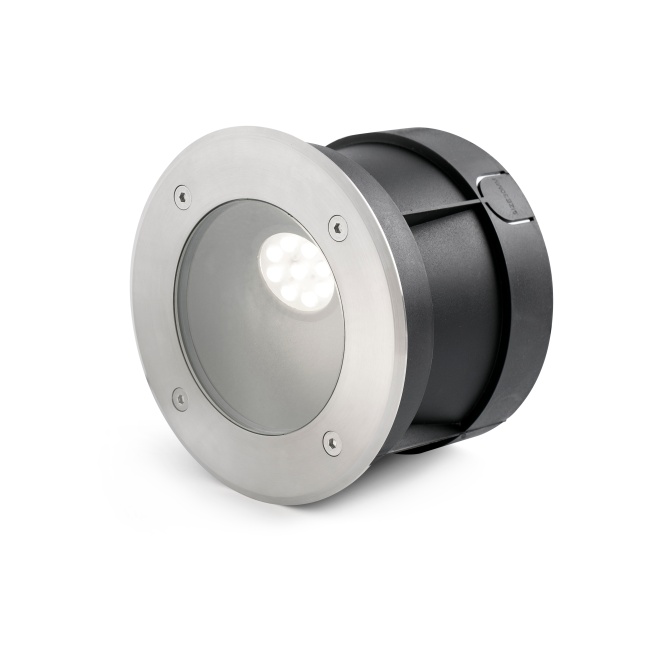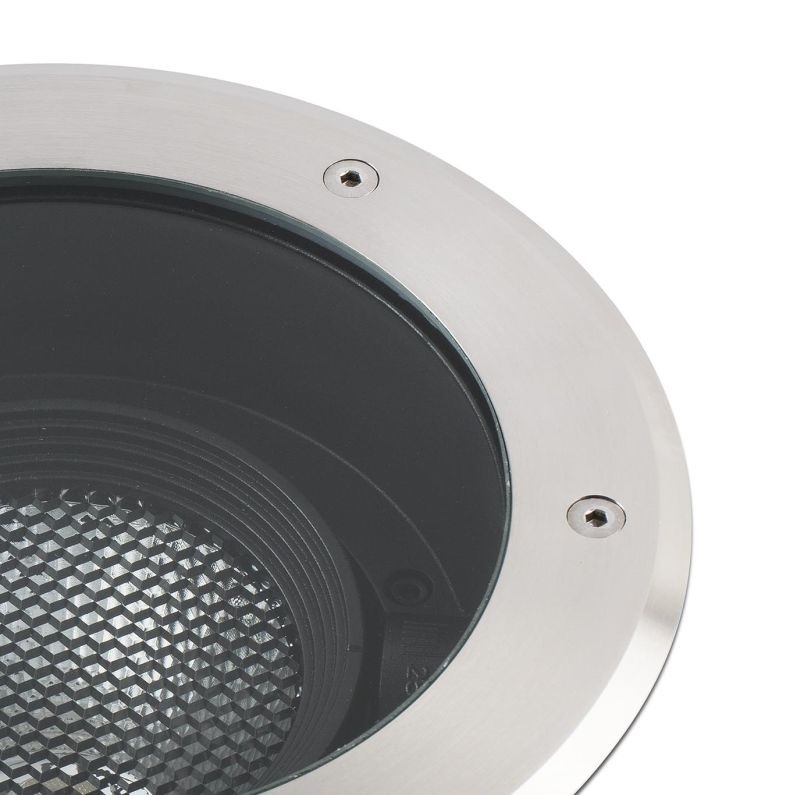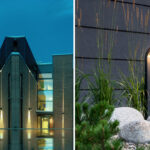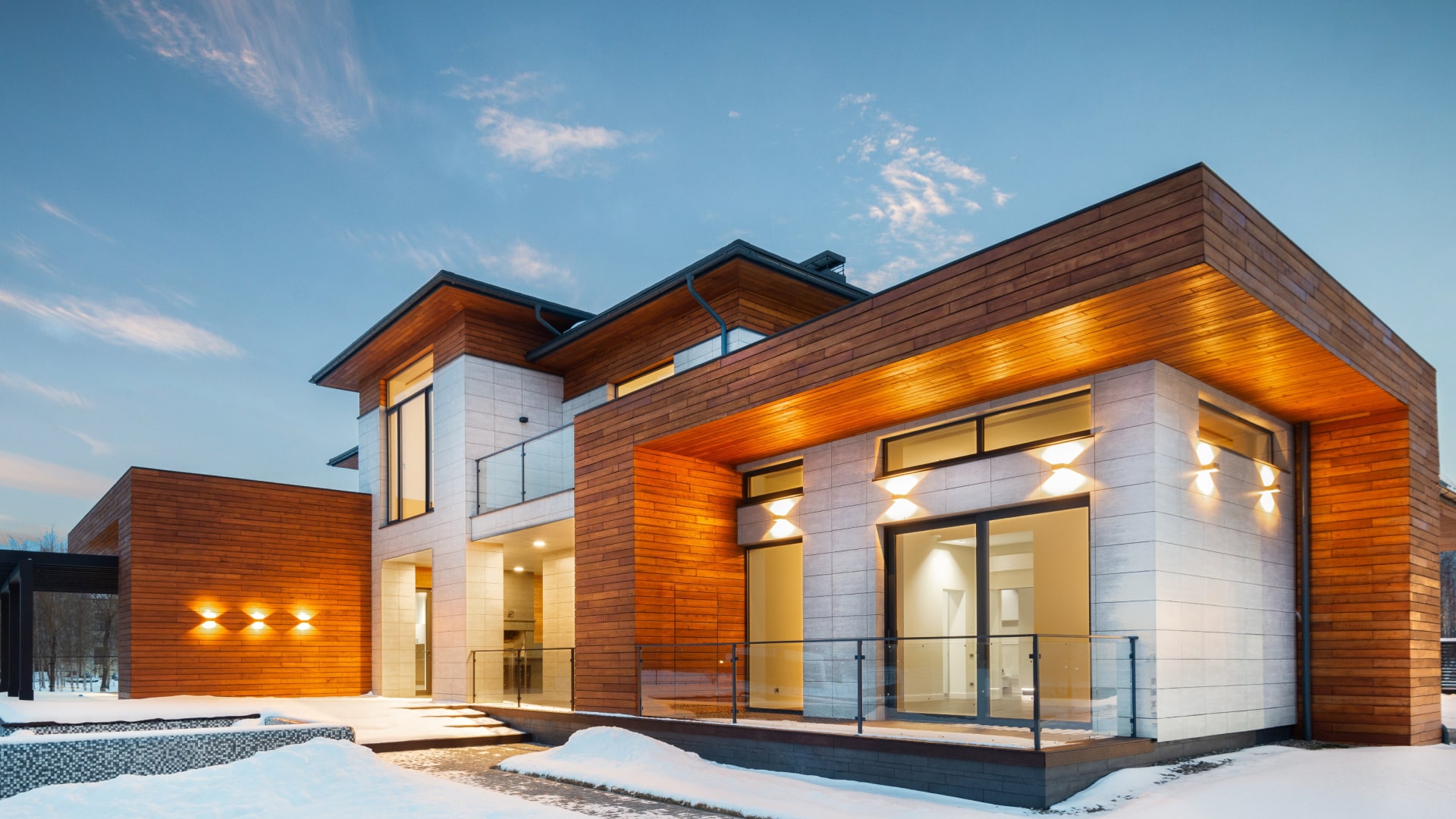
How to Illuminate Your Facade
One crucial aspect of outdoor lighting that often gets overlooked, especially in residential homes, is illuminating the facade. Often, the lighting is limited to wall fixtures by the front door or lighting up the terrace area, leaving the beautiful facade of the house unhighlighted. Let’s discuss the options for illuminating a facade and how to avoid common mistakes.
COHERENCE
Coherence refers to the impression you want to create. Often, this means that both the background, intermediate areas, and outlines should be illuminated. It’s advisable to avoid large unlit areas as they disrupt the coherence.
DEPTH
When planning the lighting, utilize the opportunities offered by the three-dimensional environment. Place lighting elements in locations that maximize the use of space. You can play with different light intensities and ranges. The goal is to emphasize the spatiality of the illuminated area with light and shadow.
FOCAL POINTS
When placing lights on the front facade of the house, consider your home’s focal points. Decide which details you want to draw attention to. Highlight the renovated old farmhouse’s dignified roof corner, beautiful porch, or accentuate the strict geometry of a modern villa.

CHOOSING FIXTURES
Regarding fixtures, the most common types of facade lights are three – ground lights, which are placed on the ground; uplights, which are mounted upwards, and wall lights, which are mounted centrally.
GROUND LIGHTS
These are typically recessed or surface-mounted lights evenly spaced along the house wall, illuminating the facade from bottom to top. This means that the light is softer and wider in the middle of the wall and gradually diffuses upwards. For facades with vegetation, the same effect can be achieved with ground lights placed on stakes to prevent plants from obstructing the light beam.
GRUND LED
FARO SURIA LED
NORLYS SANDE 8,6W LED
UPLIGHTS
These are typically recessed lights or surface-mounted lights placed under projecting eaves or overhangs, illuminating the facade from top to bottom. This is a good option for illuminating horizontal surfaces at various levels – balconies, terrace areas, etc. The light directed downwards does not cause glare.
The Fire Rated Dark Light
GEISER ORIENTABLE
WALL LIGHTS FOR THE FACADE
Wall lights are usually placed in the center of the facade and mainly come in two types – lights that distribute the beam in one direction or lights where the beam is distributed in two directions. For tall buildings, it’s advisable to choose a wall light that distributes light both upwards and downwards. There are also lights that distribute the beam in four directions, giving it a circular shape, etc
NORLYS ASKER UP/DOWN DIM
NORLYS BERLIN
FARO LOTUS
FARO ELE 6W 3000K
FARO GRADA 157
LIGHT ANGLE
For all these lights, there is another important aspect to consider – the light angle or beam angle. Each light has a beam angle, expressed in degrees, which indicates how the light from the light source disperses. For example, a 25-degree beam is significantly narrower than a 60-degree beam. For walls with many windows, projecting elements, or very rough textures, a smaller beam angle is preferred. On large smooth surfaces, a wider beam angle can be used. There are also lights with an asymmetric or adjustable beam angle according to preference. These lights are preferred for highlighting facades as they allow the light beam to be directed directly to the object without causing glare (whether illuminating from bottom to top or from top to bottom).
SALT LED 9W ASSYMETRIC
FARO BU-OH!
GEISER ORIENTABLE LED 32W
BUILT-IN LED OR REPLACEABLE LIGHT SOURCE
Lights can have a replaceable light source (commonly known as bulbs) or built-in LEDs. Both have their advantages. Replaceable light source options are generally somewhat cheaper and give you the opportunity to choose the power or light color temperature yourself. For modern houses, cooler tones are preferred: 3500 K or higher. A warmer light suits a rustic style better – for example, 2700 K.
Built-in LEDs often have a higher IP rating, which means they last longer outdoors. The lifespan of such light sources is typically 50,000 burning hours (more than 5 years of burning time). Another big plus of built-in LEDs is their energy efficiency – you get better results with less power consumption.
If you want to better illuminate your facade, contact us. We’ll help you plan a lighting solution that fits your home best and make a good offer for a complete solution.

